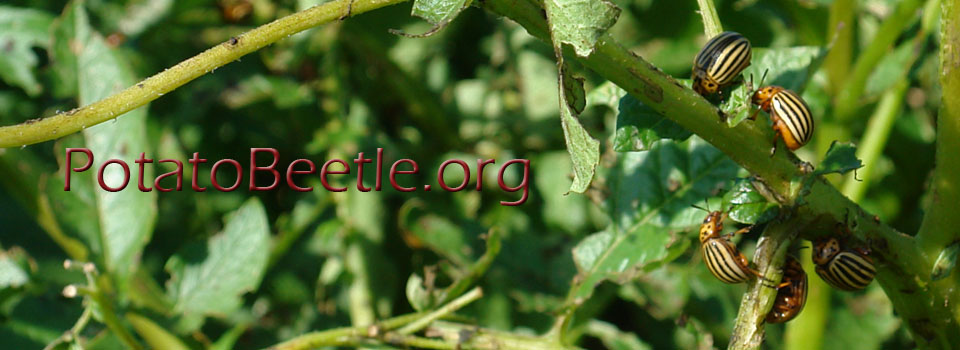Wu JJ, Mu LL, Chen ZC, Fu KY, Guo WC, Li C, Li GQ. 2019. Journal of Asia-Pacific Entomology. 22(2):443–452.
Chitin deacetylases (CDAs) catalyze N-deacetylation of chitin, a crucial process for chitin modification. In the present paper, LdCDA1 was identified in Leptinotarsa decemlineata. It was copiously expressed in larval foregut, hindgut and epidermis. Just before the molt in the first, second and third larval instars, the mRNA levels of LdCDA1 were high. In the fourth (final)-instar larvae, a peak occurred 4 days after ecdysis. In vivo results revealed that LdCDA1 transcriptionally responded, positively and negatively respectively, to 20-hydroxyecdysone and juvenile hormone titers. Moreover, knockdown of LdCDA1 significantly reduced foliage consumption, lengthened developing period and prevented growth in the final instar larvae. Three distinct lethal phenotypes were noted in the LdCDA1 RNAi larvae. About 30% of the RNAi larvae became moribund and finally died; approximately 50% of deformed pupae died as pharate adults; and around 20% of LdCDA1 depleted pupae finally emerged as abnormal adults and eventually died within 1 week after emergence. Furthermore, chitin content was low and the mRNA levels of five chitin biosynthesis transcripts (LdUAP1, LdUAP2, LdChSAa, LdChSAb and LdChSB) were significantly declined in the LdCDA1 RNAi larvae. In addition, glucose, trehalose and glycogen contents were increased in the LdCDA1 depleted hypomorphs, along with highly expressed genes coding for trehalose and glycogen synthesis enzymes. The findings provide a compelling piece of evidence that CDA1 is critical for chitin deposition in L. decemlineata. Moreover, LdCDA1 may be a potential target for control of the larvae.
